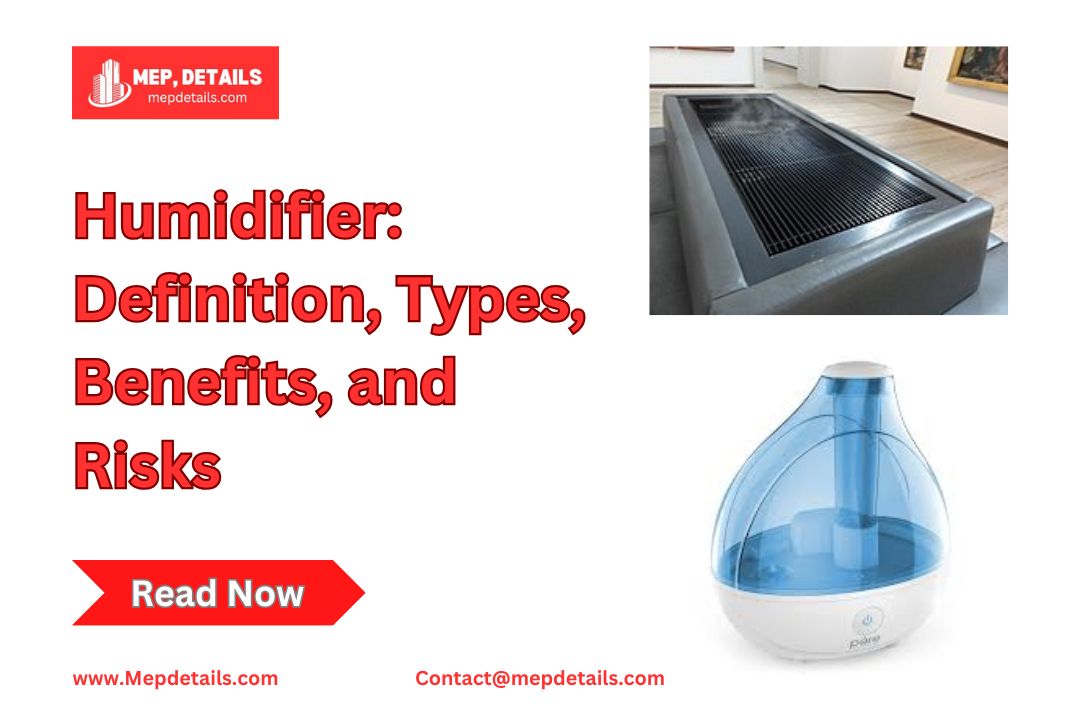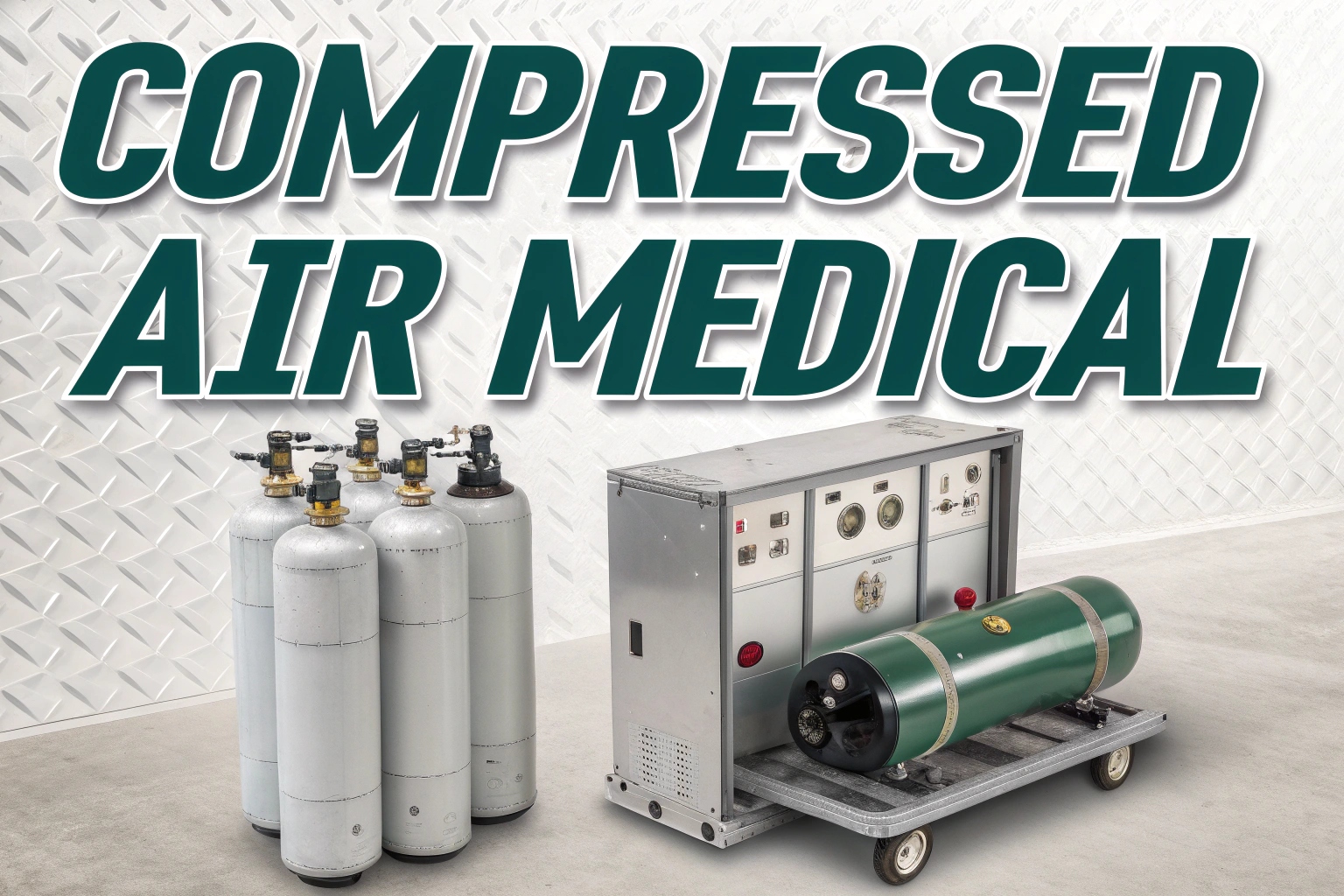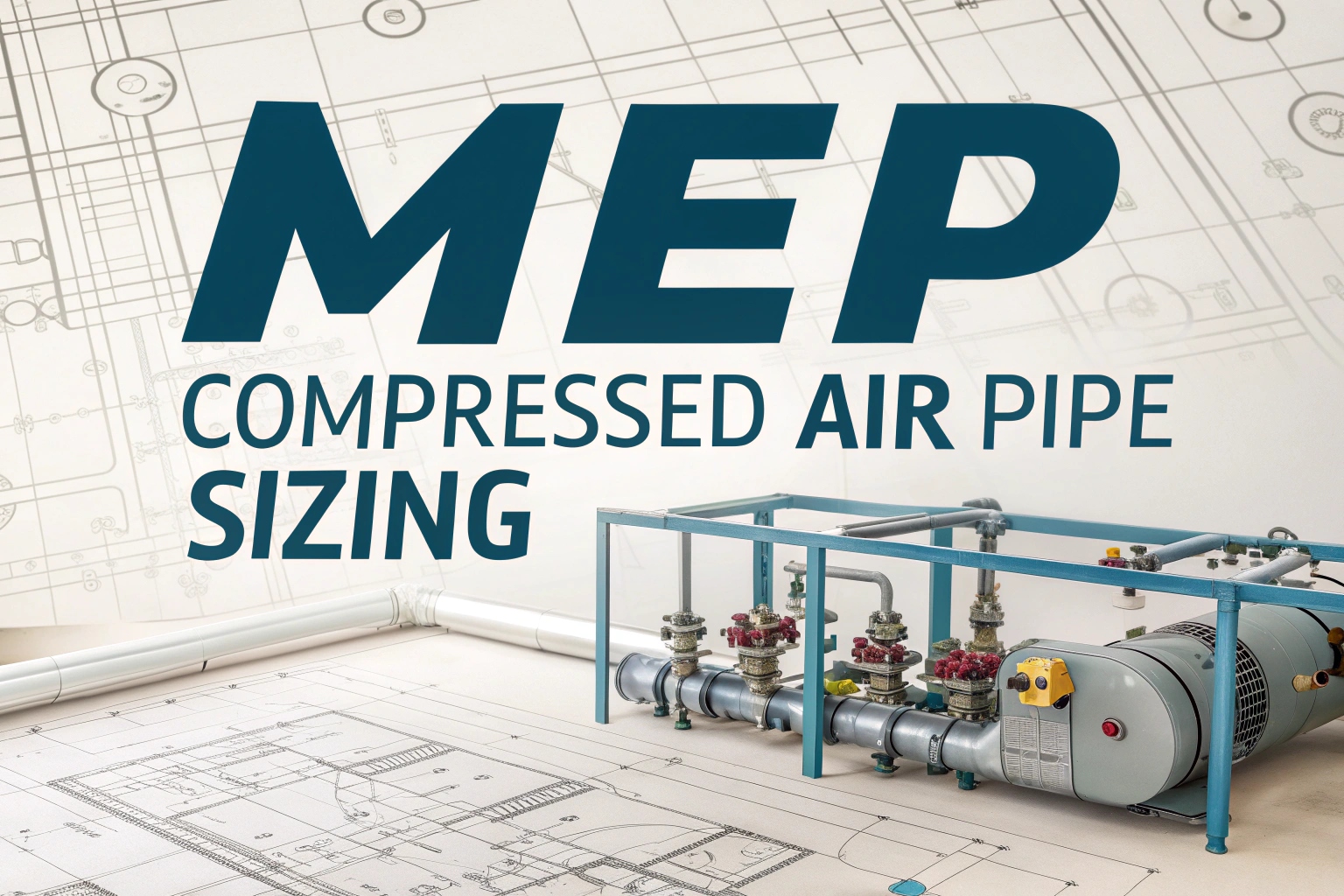A humidifier is a device that adds moisture to the air in a room or enclosed space. It works by releasing water droplets or steam to increase humidity. In homes, people use small humidifiers for single rooms and larger, HVAC-connected models for whole-house humidity control. Medical ventilators often use humidifiers for patient comfort. In large spaces like museums, factories, and institutions, big humidifiers are part of HVAC systems. This article will cover an overview of humidifiers, their types, risks, and tips on choosing the right one.
Overview of Humidifiers
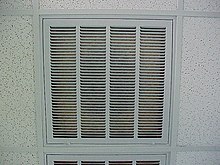
Humidifiers add moisture to the air, which is useful in dry climates or heated indoor spaces. To calculate the amount of humidity needed per hour, multiply the room’s volume, air changes per hour (ACPH), air density (usually 1.2 for dry air), and the desired humidity ratio. To estimate daily humidity needs, multiply by 24.
Factors affecting ACPH include ventilation, measured by HVAC systems, and insulation, tested by a blower door. For example, a 50 m² apartment with 125 m³ volume might need around 36.72 liters daily to raise humidity from 20% to 55%.
Low humidity (below 30%) often causes health issues, like dry skin, dermatitis, dry mucous membranes, and eye irritation. It can also lead to hair loss and respiratory discomfort. Humidity levels between 30% and 50% help prevent these issues.
Low humidity affects furniture, books, and artwork, causing them to shrink or crack. It can also create static electricity, which may damage electronics and increase dust build-up. However, excessive humidity (above 51%) may lead to dust mites, mold, and humidifier lung. Proper control with a hygrostat or dehumidifier helps maintain safe humidity.
Types of Humidifiers
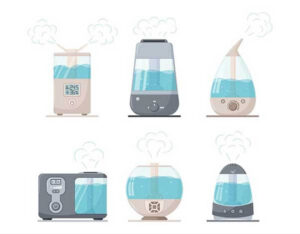
Here are five popular types of humidifiers: cool mist, warm mist, ultrasonic, evaporative, and vaporizers. When dealing with a cold, congestion, or other health issues, choosing the right humidifier can improve symptoms. Many people use humidifiers to improve air quality and prevent health problems at home or work.
Cool Mist Humidifiers
If your home air feels too dry or you have a cough or congestion, a cool mist humidifier can help. It adds moisture to the air, soothing coughs and loosening chest congestion, without raising the room temperature. These are best for warm climates.
Cool mist humidifiers release a cool vapor mist. Water passes through a filter that removes impurities before it exits the device. They’re easy to clean and affordable, making them suitable for both children and pets. You can add inhalants for extra congestion relief if needed, and they’re also helpful for people with allergies or asthma.
Regular cleaning prevents bacteria buildup, which can cause health issues if left unchecked. Using distilled water reduces mineral dust and buildup. Cool mist humidifiers make a gentle humming sound, which some find relaxing.
Warm Mist Humidifiers
Warm mist humidifiers are another option, especially in colder climates. They heat the water to produce vapor, which cools slightly before entering the air. This heating process reduces bacteria and increases humidity.
These humidifiers are effective for cold and flu symptoms and work well with medicated inhalants. They’re quieter than cool mist humidifiers due to the different fan design. However, warm mist humidifiers may pose a safety risk for children, as they contain heated water. They can also be harder to clean and use more energy, making them a bit pricier overall.
Evaporative Humidifiers
Evaporative humidifiers work similarly to cool mist humidifiers but don’t use heat. A fan circulates air through a moist wick filter, creating a vapor that raises humidity levels. Safe for children and pets, they can be placed on almost any surface without harming furniture.
Evaporative humidifiers are affordable, portable, and need little maintenance. They self-regulate, adjusting the humidity level automatically, and add moisture quickly without producing mineral dust. However, they create a low fan noise and require regular cleaning and distilled water to avoid bacterial contamination.
Vaporizer Humidifiers
Vaporizer humidifiers combine the benefits of both cool and warm mist humidifiers. They allow you to choose between cool and warm mist settings, making them flexible for cold and flu relief. Vaporizers produce visible steam when on the warm setting and a mist when set to cool. They are quiet and produce minimal dust.
However, vaporizers use more energy and can be harder to clean. The heating feature can pose a burn risk for families with small children or pets.
Ultrasonic Humidifiers
Ultrasonic humidifiers use a vibrating metallic diaphragm to create moisture. This vibration turns water into tiny droplets, releasing them as mist. Most ultrasonic models let you switch between warm and cool mist.
They are energy-efficient and extremely quiet, making them perfect for bedrooms or children who prefer a calm environment.
Risks of Using a Humidifier
Keeping children safe around humidifiers is crucial. Humidifiers add moisture to the air, but they come with some risks that need attention.
Dirty Humidifiers
Humidifiers turn water into breathable vapor, so if the water tank isn’t clean, the vapor won’t be either. Germs can grow in dark, humid tanks, but regular cleaning helps prevent this. Follow the manufacturer’s directions for thorough cleaning, and avoid letting water sit in the tank for too long. If the humidifier has a filter, replace it often to keep it clean.
Too Much Humidity
A little humidity is helpful, but too much can make breathing harder and worsen allergy symptoms. Dust mites, mold, and mildew thrive in damp environments. The EPA recommends keeping indoor humidity between 30% and 50%. Levels over 60% are too high.
Anyone using a humidifier should have a humidity meter, or hygrometer, in the room. Some humidifiers have built-in humidity meters, while others may need a separate one.
Using Hard Water or Tap Water
Manufacturers often suggest using only clean, purified water in humidifiers. Unfiltered tap water can contain minerals and other particles. Minerals from hard water may build up in the humidifier, causing it to wear out faster. The humidifier can also release these minerals into the air, which can then be inhaled or settle as dust around the room.
Other Risks
While humidifiers help relieve dry sinuses, they can also worsen certain allergies. Dust mites and mold grow more in humid spaces, so if someone is allergic to these or has asthma, humidifiers might aggravate their symptoms. Additional risks include steam burns from heated units and mold growth on walls or ceilings where moisture collects.
Stay a safe distance from the humidifier, and supervise children when they’re in the same room as the unit.
How to Choose a Humidifier
When buying a humidifier, think about the following points:
- Brand: Look for a humidifier from a reliable company. Reading customer reviews can help you make a good choice.
- Size: Some humidifiers are larger than others. A bigger one might be better if you want to humidify the whole house.
- Run Time: Humidifiers have different run times based on their size and water capacity. Smaller ones may not hold enough water to run all night.
- Other Features: Some humidifiers include extra features like a fan or aromatherapy options.
If you have eczema or allergies, consider talking to a doctor for advice before buying a humidifier.
Conclusion
Before buying a humidifier, look at models from trusted brands and read reviews. Check if the humidifier suits the room size and offers enough running time. Smaller models might lack enough water capacity for overnight use. Humidifiers keep the air moist, which can prevent eczema by stopping skin from drying out and ease allergies or sinus problems. But overly dry air may irritate your eyes and nose, and unclean humidifiers can spread mold. To prevent mold, clean your humidifier twice a week and change the filter regularly.
FAQs
What does a humidifier do?
A humidifier adds moisture to the air, which helps prevent dryness that can irritate your skin, nose, throat, and lips. It can also relieve symptoms from the flu or common cold.
Is it okay to sleep with a humidifier on?
Sleeping with a humidifier can offer health benefits. You may have less dry skin, fewer sinus issues, and relief from congestion, dry lips, or bloody noses, especially if you have a cold.
Which is better: a diffuser or a humidifier?
A humidifier is great for adding moisture to dry rooms, while a diffuser spreads pleasant scents and creates a calming atmosphere. If you want both moisture and fragrance, some products can do both.
Does an AC work as a humidifier?
An AC reduces humidity, but in high-humidity areas, a dehumidifier works better to manage moisture levels effectively.
Read More – Types of HVAC Insulation and Their Unique Characteristics Explained

